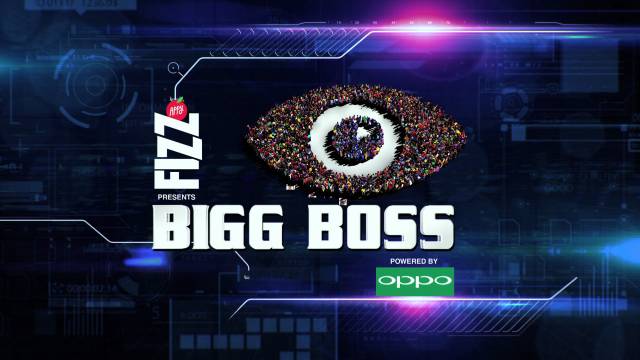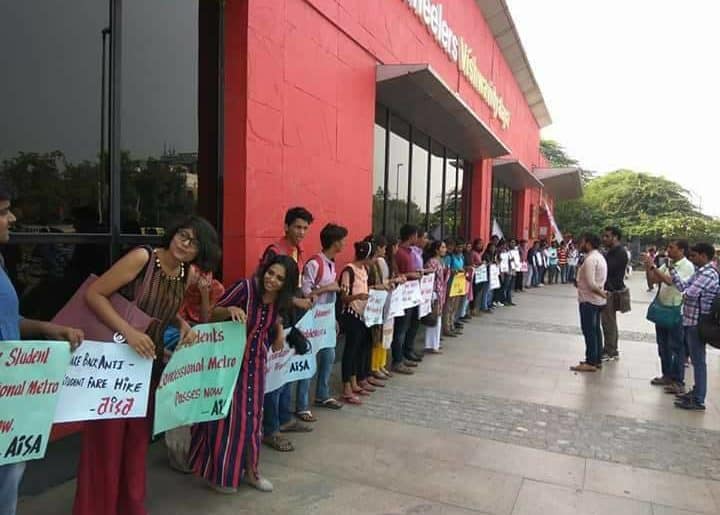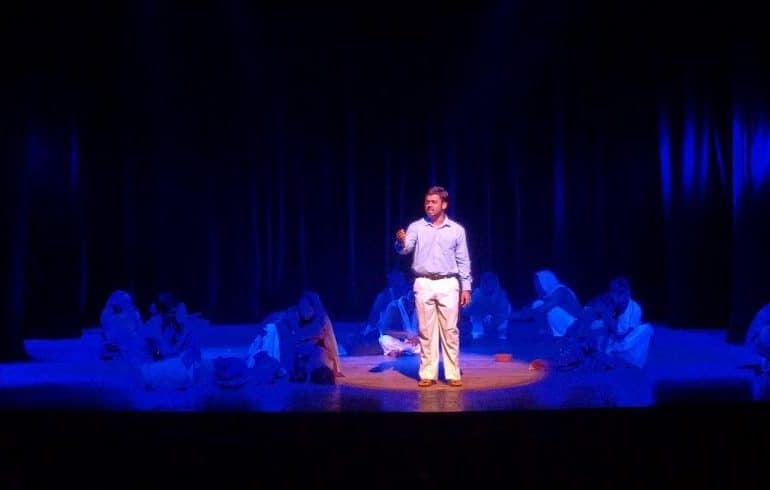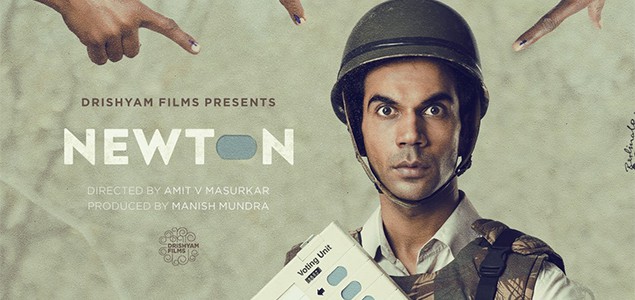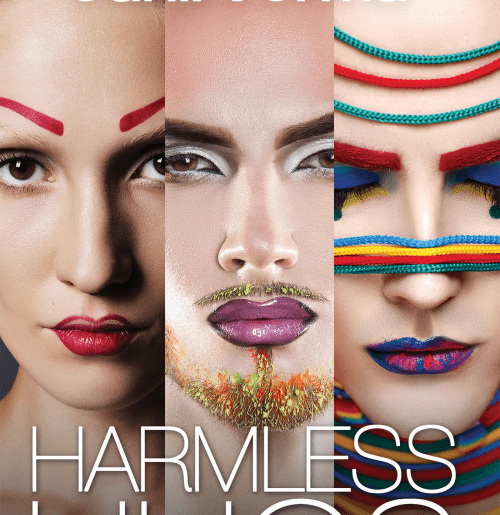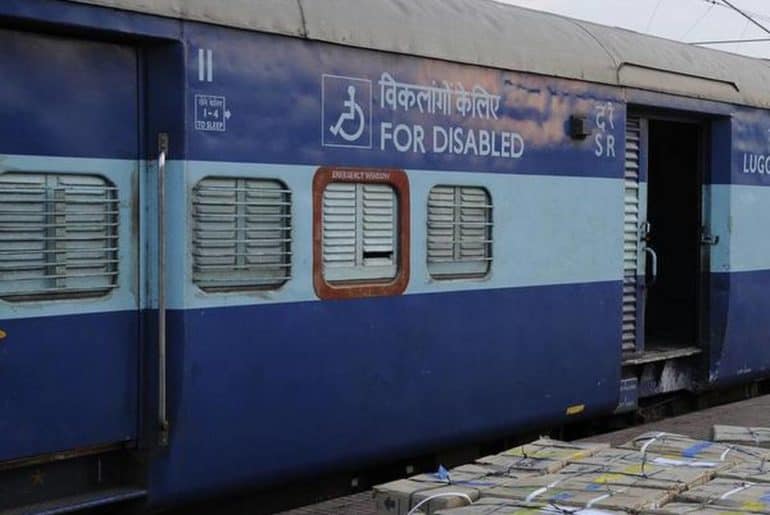A new wave of supermodels overwhelmingly consists of celebrity kids. Armed with contacts, privilege, and nepotism, some starlets are unfairly gaining an edge over normal models.
In the west, unlike in India where people use modeling as a means of landing a film, modeling is considered ambitious. Girls as young as 13 struggle and aspire to land a runway gig. If you watch documentaries like Teen Model Factory of Russia by BBC, you’ll notice the hard work that youngsters put in to score a decent photo shoot. Modelling is something that has always been dismissed as trivial, but when we see the work put in by iconic models like Alessandra Ambrosio, Naomi Campbell and millions of other girls who go from casting to casting in high heels so that they could help their families back in a third world country, you can’t help but respect their hard work. In that case, when some pretty looking star kids just waltz into the room and land big campaigns simply because they are famous it feels very unfair.
Every other person who aspires to be a model looks good and has certain body measurements. Therefore, why someone got the job cannot be contested on objective grounds. However, the way celebrity kids have flooded the runway in recent years is making it too apparent how well-connected people are using their influence and approach to further their career.
Gigi Hadid, Bella Hadid, and Anwar Hadid, children of Yolanda Foster (former model and actor) have already begun to build a successful resume. They are followed by Georgia May Jagger (daughter of Mick and former model Jerry Hall), Sofia Alexandra Richie (daughter of singer and songwriter Lionel Richie), Hailey Baldwin (daughter of actor Stephen Baldwin), and Lily-Rose Depp (daughter of Jonny Depp) who have also managed to steal high-fashion shows and editorial spreads in a very short time period despite being shorter than 5ft 7 inch. Of course, they are good at what they do. Kaia Gerber, daughter of former supermodel Cindy Crawford, has a good height and good strut, but did she really deserve all the openings and closing at fall fashion week? She is good, but so are other girls.
Though we can’t dislike people simply because they belong to a famous family, but when they refuse to acknowledge their privilege it becomes problematic. When Kendall Jenner says, “I’m not trying to use a family name or anything. In reality, I worked pretty hard. It wasn’t like I just got it magically and it just happened”, she is being disingenuous. Of course, she is in the spotlight because she is a Jenner. Also, unlike other girls, she never had to struggle for rent, her agency didn’t tick her into a dubious contract simply because she came from another country, and she never navigated through subway while going to a casting. She can easily accept her privilege and move on but looks like in the world where obvious nepotism is flourishing without pretense, expecting honesty is way too much.
Like the transgender model, Arisce Wanzer rightly said in an open letter she wrote to Kendal Jenner, ‘Gone is the prestige you once felt as a “chosen one” by Marc, Anna or Ricardo — this cheapens your entire experience. You thought you were special, that your hard work had finally paid off. You didn’t realize that these coveted spots were for sale. The cost? The soul and dignity of a fashion house. The clothes will still sell, and the players will still play, but the image will be forever tarnished by these real-life Veruca Salts buying their way in with sleazy fame rights.’
Image Credits: Hollyscoop
Niharika Dabral
[email protected]


